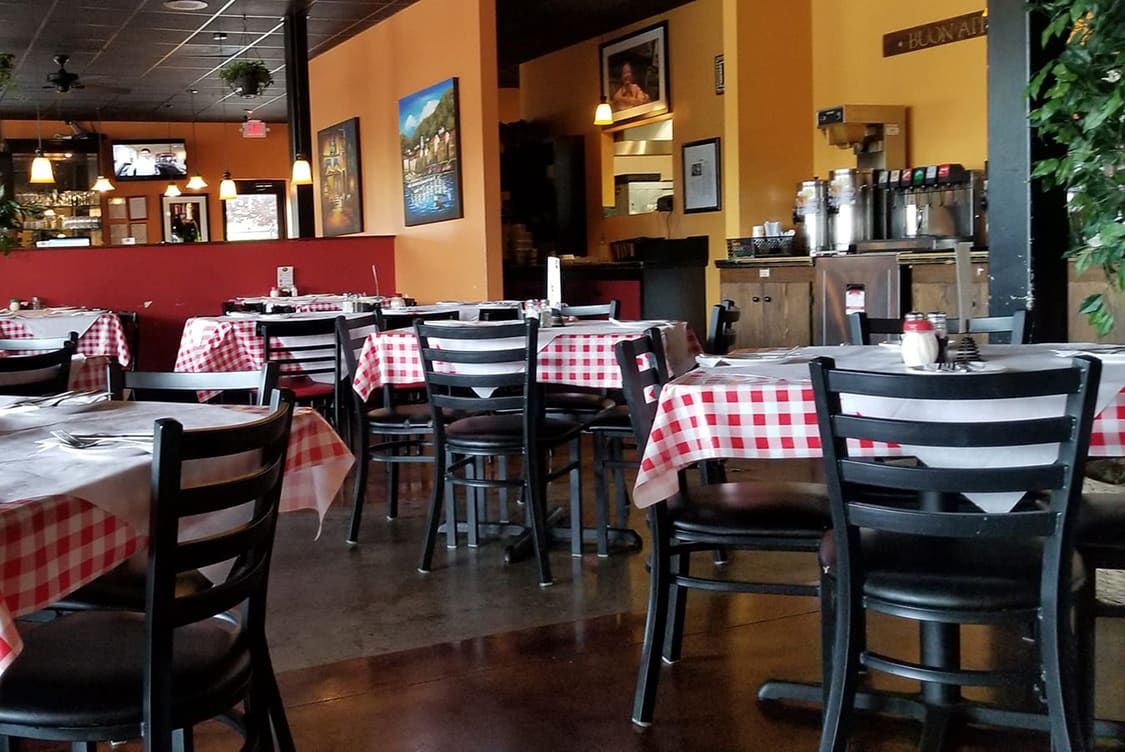Introduction: The Importance of Restaurant Decor
As an avid lover of Italian cuisine and culture, I’ve often found myself captivated not just by the food, but by the ambiance of the restaurants I visit. In today’s competitive culinary landscape, the decor of an Italian restaurant can significantly boost the dining experience, making it memorable and inviting for customers. Let’s explore how to craft the ideal Italian restaurant decorations that reflect the warmth and charm of Italy!
Understanding the Italian Aesthetic: Key Elements
Italian design is renowned for its elegance and attention to detail, incorporating elements that evoke warmth and familiarity. Here are key components to consider in your decoration strategy:
Color Palette
Italian restaurants typically feature warm earthy tones like terracotta, deep reds, rich browns, and muted yellows. These colors create a cozy atmosphere that makes guests feel at home.
Materials
Natural materials such as wood, stone, and iron are staples in Italian decor. Using reclaimed wood for tables and stone for walls can enhance the rustic charm.
Lighting
Soft, warm lighting is essential. Think hanging chandeliers, candlelit tables, and strategically placed sconces that project a romantic glow.
Different Styles of Italian Restaurant Decorations
When it comes to choosing a decoration style, it’s crucial to align it with the type of dining experience you want to create. Here’s a breakdown of popular styles:
1. Rustic Italian
This style emphasizes simplicity and a homey feel. Key features include:
- Exposed wooden beams
- Farmhouse tables
- Traditional ceramics and terracotta decorations
2. Modern Italian
A contemporary twist on Italian decor, modern Italian restaurants incorporate sleek lines and minimalist designs. Features include:
- Neutral color schemes with bold accent colors
- Metal and glass materials
- Artistic lighting fixtures
3. Mediterranean Vibes
This style blends colors and textures inspired by the coastal regions of Italy. Key elements include:
- Bright blues and greens
- Hand-painted tiles
- Outdoor spaces with lush greenery
Incorporating Cultural Elements into Your Decor
To truly capture the essence of Italy, consider incorporating these cultural elements:
Artwork
Original Italian artwork or replicas of famous pieces can create visual interest. Think Renaissance paintings or vibrant contemporary pieces that speak to Italian culture.
Food Displays
Create a sensory experience by displaying fresh produce, cured meats, and cheeses. Not only do these displays look appealing, but they also emphasize authenticity.
Traditional Music
Background music adds to the atmosphere. Consider playing soft Italian music or classic opera to enhance the dining experience.
Creating a Cohesive Theme: An Example Layout
To illustrate how all these elements can come together, here’s an example layout for a rustic Italian restaurant:
Restaurant Layout Plan
| Area | Details |
|---|---|
| Entrance | Welcoming archway with vines and a vintage door. |
| Main Dining Area | Wooden communal tables with mixed seating options, wall art, and plush fabrics. |
| Bar Area | Rustic wooden bar with bar stools, a showcase of Italian wines, and hanging lights. |
| Outdoor Patio | Wrought iron furniture, potted plants, and string lights for evening ambiance. |
Pros and Cons of Various Decoration Styles
Understanding the benefits and drawbacks of different styles can help you make informed decisions. Here’s a comparison:
| Style | Pros | Cons |
|---|---|---|
| Rustic Italian | Warm, inviting atmosphere; timeless appeal. | Can require more maintenance; may feel outdated. |
| Modern Italian | Chic and trendy; attracts younger demographics. | May lack warmth; can feel impersonal. |
| Mediterranean Vibes | Breezy and fresh; great for outdoor dining. | Seasonal limitations; maintenance for outdoor areas. |

Personal Experience: Creating the Perfect Atmosphere
I remember visiting a small Italian trattoria in Florence where every detail communicated a love for food and family. The wooden tables were adorned with checkered tablecloths, the walls featured vintage Italian movie posters, and the smell of fresh basil filled the air. This experience taught me that every element in a restaurant contributes to the overall narrative you want to tell your customers.
Frequently Asked Questions (FAQs)
What are the best colors for decorating an Italian restaurant?
Warm earthy tones such as terracotta, deep red, olive green, and muted yellow are most popular.
How can I create a rustic Italian dining experience?
Incorporate exposed wooden elements, vintage decor, and soft, ambient lighting. Consider adding a personal touch with family photos or traditional art.
What type of lighting is best for an Italian restaurant?
Soft, warm lighting works best. Use a combination of pendant lights, chandeliers, and candles for an intimate atmosphere.
How do I incorporate Italian culture into my decor?
You can include artwork, food displays, and music that reflects Italian heritage. Authentic decorations like ceramics or regional maps can also enhance the theme.